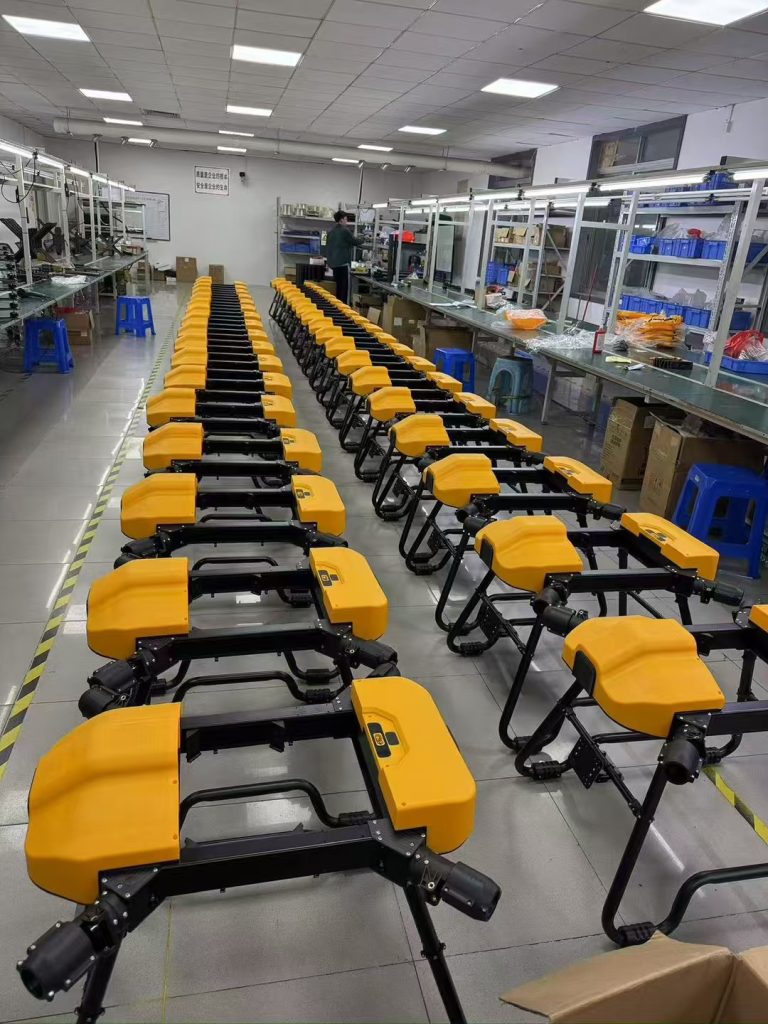
Introduction: Why Spraying Drones Are Revolutionizing Farming
Agricultural spraying drones have become a game-changer for modern farming, offering precision, efficiency, and cost savings compared to traditional manual or machinery-based crop protection methods. With the global demand for higher yields, reduced chemical waste, and labor-saving solutions, farmers worldwide are turning to UAVs (unmanned aerial vehicles) for pest control, herbicide application, and fertilizer distribution.
But with so many options available, how do you choose the best spraying drone for your needs? This guide explores the key factors to consider, the advantages of different drone types, and what makes a high-quality agricultural UAV stand out.
Key Factors to Consider When Choosing a Spraying Drone
1. Spraying Capacity & Efficiency
-
Tank Size: Most agricultural drones have 10L–30L tanks, allowing 5–10 acres of coverage per hour. Larger tanks mean fewer refills but may reduce flight agility.
-
Flow Rate Control: High-quality drones offer adjustable spray nozzles for precise droplet size, preventing drift and ensuring optimal absorption.
-
Flight Time & Range: Batteries should support 15–30 minutes of flight, with some models featuring quick-swappable batteries for uninterrupted operation.
2. Precision & Navigation Technology
-
GPS & RTK (Real-Time Kinematic) Positioning: Ensures centimeter-level accuracy, preventing overlap and wasted chemicals.
-
AI & Smart Mapping: Advanced drones can scan fields, detect pest hotspots, and auto-adjust spraying intensity.
-
Obstacle Avoidance: Sensors help prevent collisions with trees, power lines, or buildings—critical for hilly or complex farmland.
3. Durability & Weather Resistance
-
Rugged Build: A good spraying drone should withstand dust, humidity, and light rain, especially in tropical regions like Southeast Asia.
-
Waterproofing & Corrosion Resistance: Since drones deal with liquids, anti-corrosion materials extend lifespan.
4. Ease of Use & Maintenance
-
User-Friendly Controls: Some drones offer smartphone/tablet apps for easy mission planning.
-
Modular Design: Quick-access parts (nozzles, batteries, tanks) simplify maintenance.
-
Training & Support: Reliable suppliers provide operator training and after-sales service.
5. Cost & Return on Investment (ROI)
-
Affordable Models: Entry-level drones (~2,000–5,000) are great for small farms.
-
High-End Models: Professional-grade drones (~$10,000+) offer longer range, AI features, and larger tanks—ideal for commercial agriculture.
-
Savings: Drones can reduce chemical waste by 30%+ and labor costs by up to 80%.
Types of Spraying Drones: Which One Fits Your Farm?
1. Small-Scale Drones (For Smallholder Farms)
-
Tank Capacity: 5L–10L
-
Best For: Rice fields, vegetable farms, small orchards
-
Pros: Affordable, easy to operate, great for beginners
-
Cons: Limited coverage per flight
2. Medium-Scale Drones (For Commercial Farms)
-
Tank Capacity: 10L–20L
-
Best For: Palm oil estates, coffee plantations, wheat fields
-
Pros: Balanced cost & efficiency, suitable for most crops
-
Cons: Requires some training
3. Large-Scale Drones (For Industrial Agriculture)
-
Tank Capacity: 20L–30L+
-
Best For: Large plantations, government farming projects
-
Pros: High efficiency, AI & swarm capabilities
-
Cons: Higher cost, may need professional operators
What Makes a High-Quality Spraying Drone?
✔ Reliable Flight Performance – Stable hovering, smooth spraying, and minimal drift.
✔ Strong Build Quality – Durable materials that resist wear and tear.
✔ Smart Features – GPS guidance, variable spray control, and data logging.
✔ Good After-Sales Support – Warranty, spare parts availability, and technical assistance.
✔ Compliance with Local Regulations – Ensure the drone meets your country’s drone laws (e.g., weight limits, registration requirements).
Conclusion: How to Choose the Best Spraying Drone for Your Farm
The best spraying drone depends on your farm size, crop type, budget, and technical expertise. Whether you need a compact drone for small fields or a heavy-duty UAV for large plantations, the key is to prioritize:
✅ Spraying efficiency & precision
✅ Durability & ease of use
✅ Strong after-sales support
✅ Good value for money
By investing in the right agricultural drone, farmers can boost yields, reduce chemical waste, and save on labor costs—making farming smarter, greener, and more profitable.
Ready to upgrade your farming with aerial precision? The future of agriculture is flying high—on drones. 🚁🌾
Need help deciding which drone model fits your needs? Let me know, and I can provide a more tailored recommendation!”
THE END

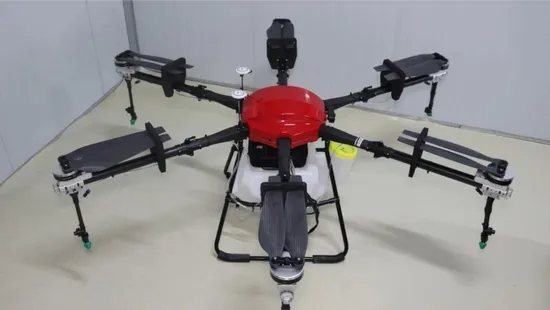
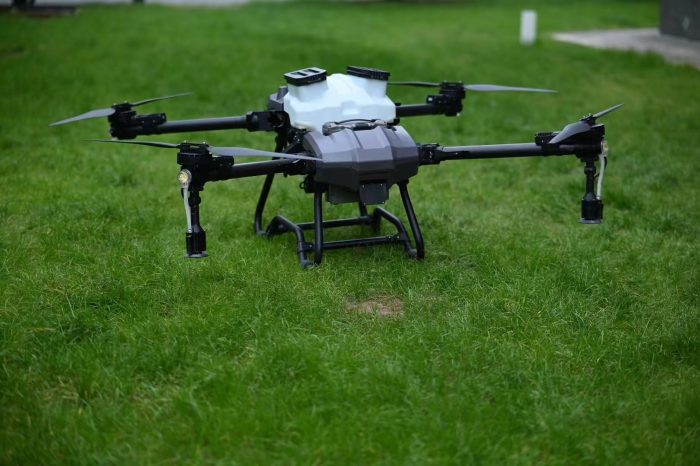
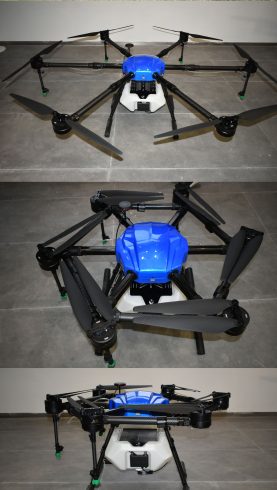
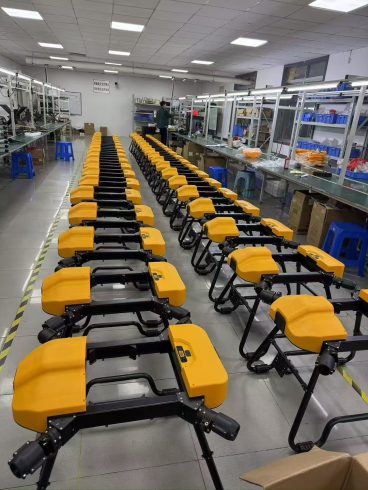
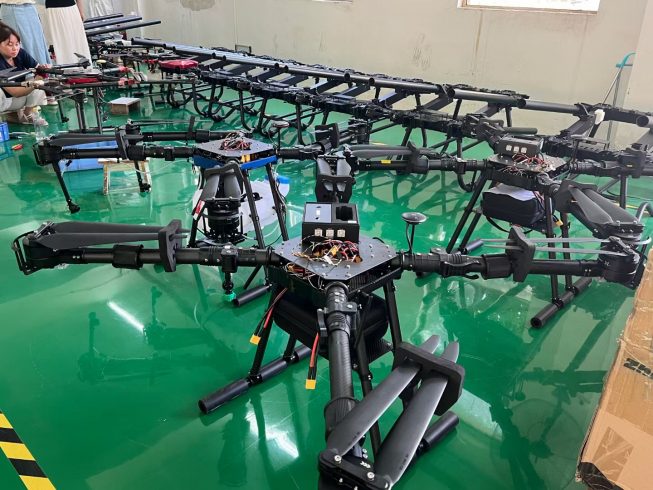
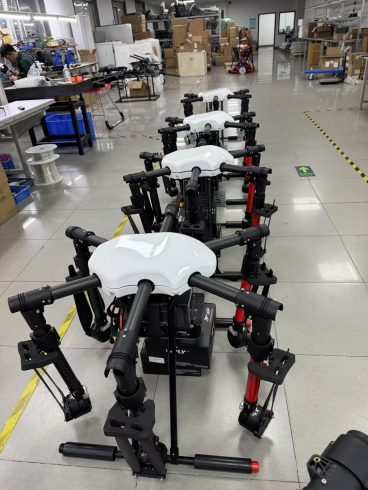
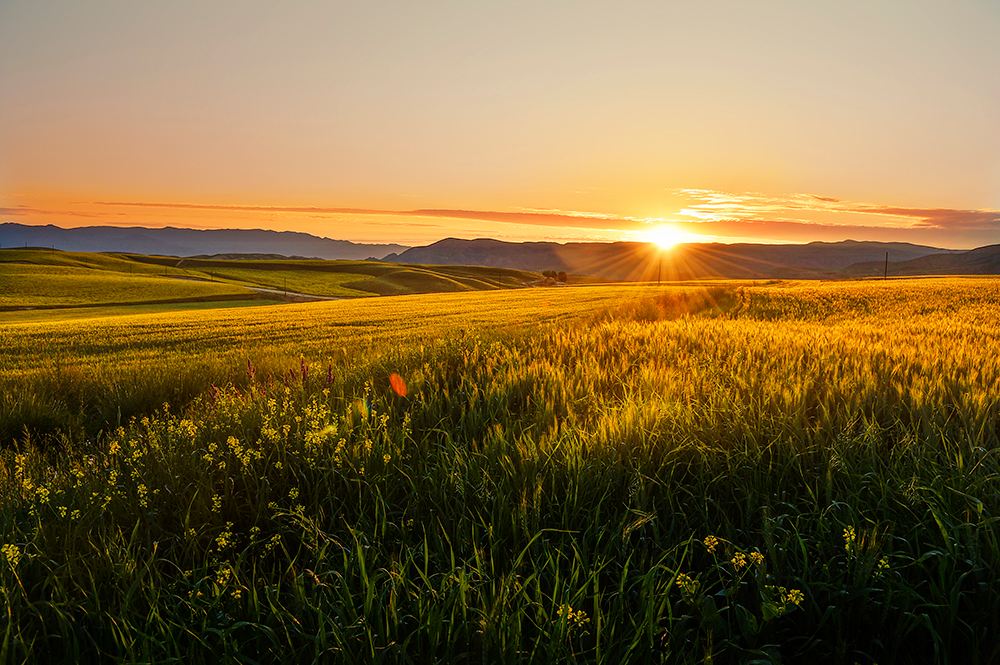
暂无评论内容